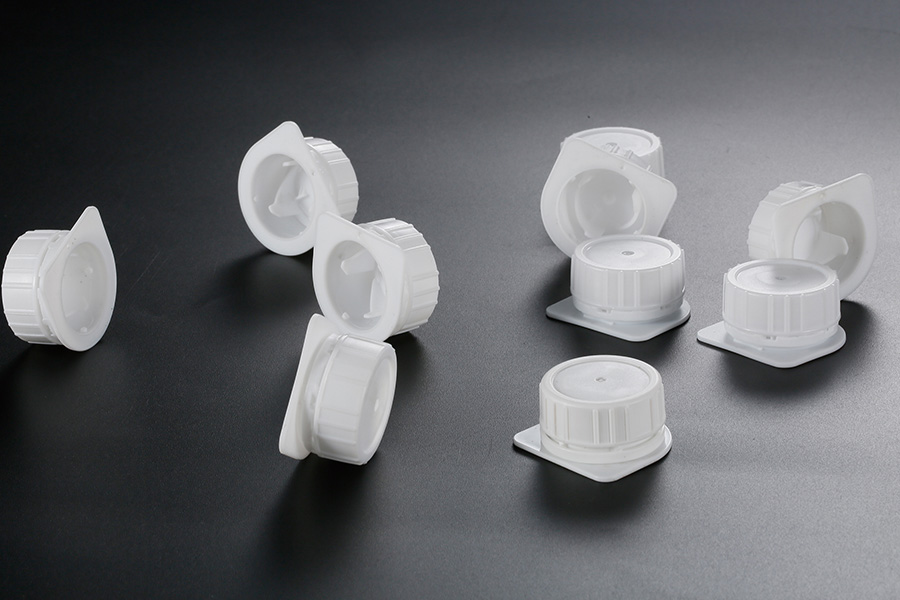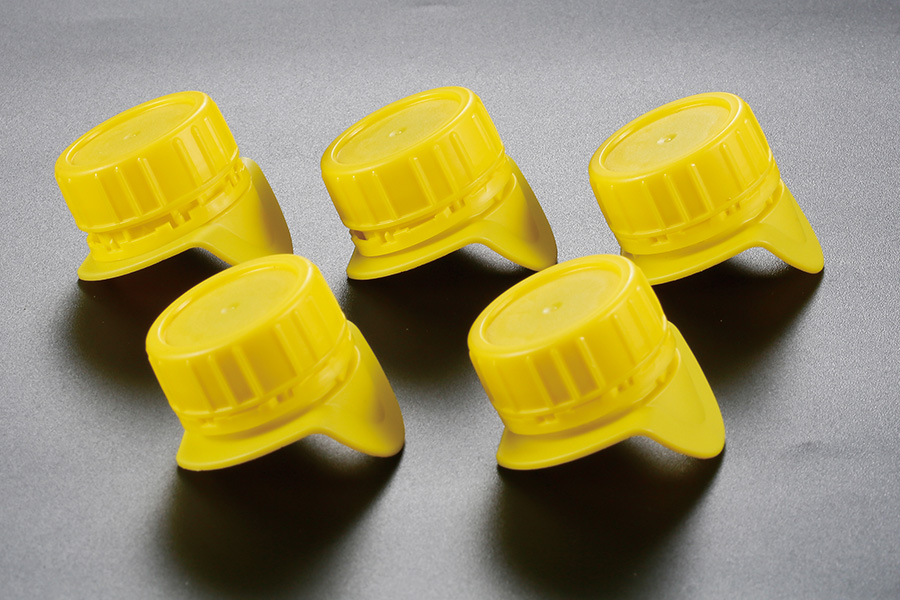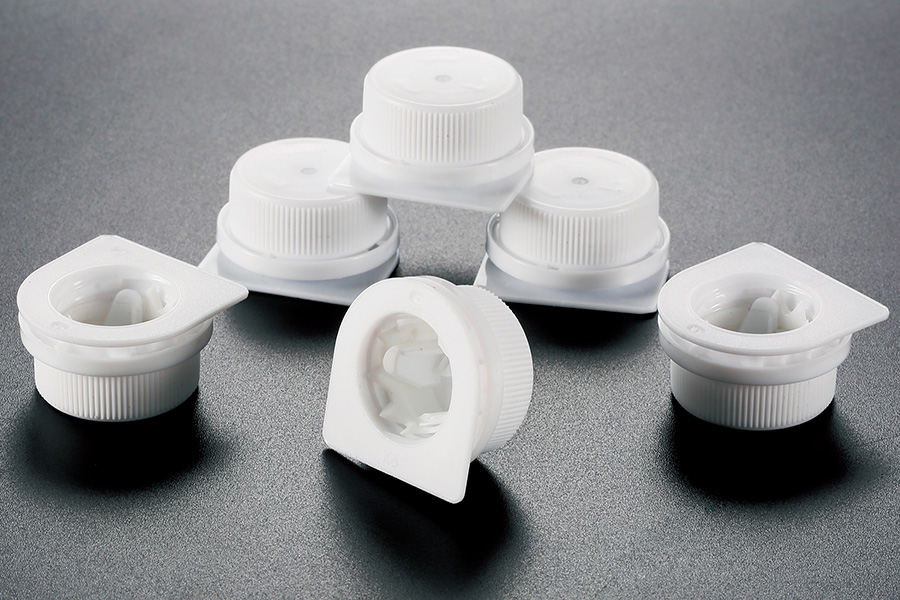Flow-control caps serve both functional and user-experience purposes. By controlling the flow rate, they help prevent spills, over-pouring, and waste, especially in family-sized bottles or when children are handling containers. This function becomes even more essential in high-viscosity liquids or beverages that require careful portioning. As beverage packaging shifts toward on-the-go and multi-use formats, flow-control caps offer a practical solution that complements this lifestyle.

A growing trend within the cap manufacturing space is the integration of reusable caps. These caps not only support environmental goals by reducing single-use plastic waste but also enhance the long-term usability of the product. When flow-control mechanisms are built into reusable caps, consumers benefit from repeated convenience and a consistent experience with every use. For example, a reusable cap featuring a silicone valve or inner spout allows beverages to flow smoothly while maintaining a hygienic seal between uses.
In tandem with functionality, visibility is playing a larger role in how beverage caps are perceived. A transparent bottle cap not only adds a layer of aesthetic appeal but also offers practical advantages. Consumers can visually inspect the condition of the cap and see whether it is clean, closed, or has been tampered with. In cases where the cap includes a tamper-evident feature or an internal valve, the transparent bottle cap enables users to view these mechanisms without opening the product.
From a manufacturing standpoint, designing a flow-control system within a transparent bottle cap presents unique challenges. The cap must be produced with high-clarity materials that maintain their structure during the injection molding process. Additionally, manufacturers must ensure that the valve or dispensing insert inside the cap is visible while still achieving the desired flow restriction. This balance of clarity and function is key in today's packaging environment, where user trust and design are equally important.
Consumer behavior studies have indicated that reusable caps are favored in markets where environmental awareness is high and where consumers seek packaging that supports long-term use. This trend aligns with the movement toward refillable bottles and concentrated beverage solutions. Flow-control designs in reusable caps offer an ideal interface for these products, allowing users to dispense just the right amount of liquid with small effort.
Another aspect worth noting is the brand customization available in both flow-control and transparent bottle cap designs. While these caps serve a technical purpose, they also provide space for embossed logos, printed information, or embedded color accents that reflect brand identity. In particular, transparent bottle caps can be tinted with subtle hues to differentiate product lines without compromising their see-through function.
In the context of sustainability, reusable caps play a central role in reducing packaging waste. When paired with durable bottle designs, these caps can be reused dozens or even hundreds of times, reducing reliance on disposable closures. Moreover, brands that promote the use of reusable caps often incorporate recycling instructions or partner with refill stations to extend the product lifecycle. This makes flow-control technology not only a user-friendly solution but also a strategic component in sustainable packaging programs.
The combination of transparent bottle cap aesthetics and flow-control engineering also appeals to health-conscious consumers. These users are more likely to monitor how much they drink, assess cleanliness, and prefer packages that feel clean and modern. A well-designed transparent bottle cap that controls flow allows them to pour precisely and hygienically while enjoying a clear view of the product and cap interior.
In summary, flow-control caps are transforming how consumers interact with beverages. Through improved pouring accuracy, tamper resistance, and ergonomic design, they enhance both product functionality and consumer trust. When implemented into reusable caps, they align with broader sustainability goals and long-term use expectations. The inclusion of a transparent bottle cap further adds visual appeal and practical monitoring benefits. As more beverage brands embrace these innovations, flow-control closures will continue to play an increasingly vital role in packaging development.


 English
English  русский
русский عربى
عربى



